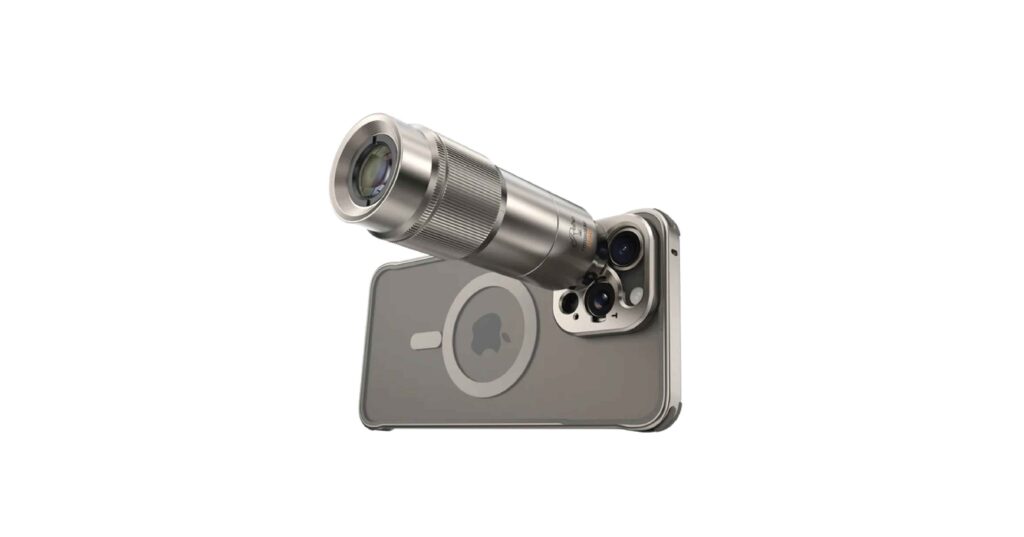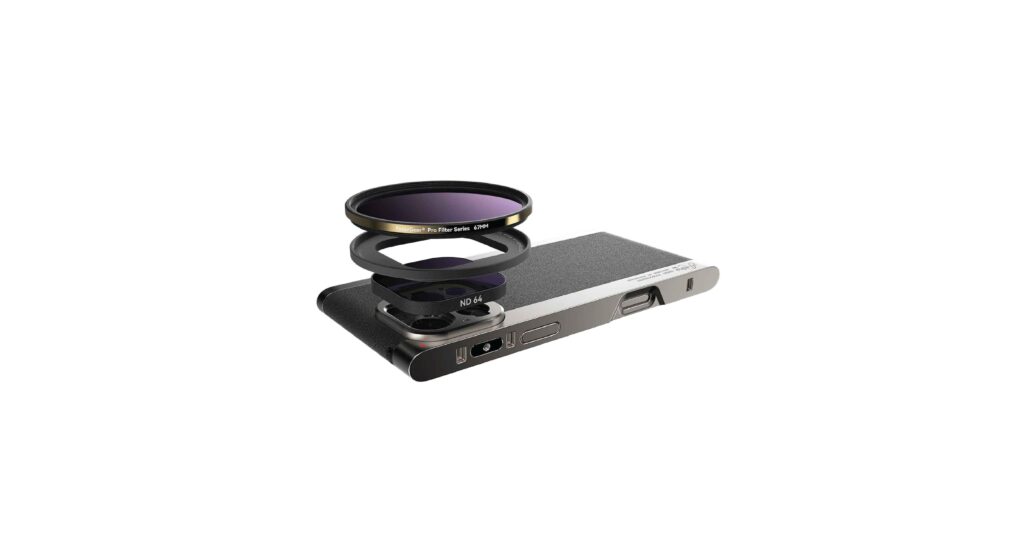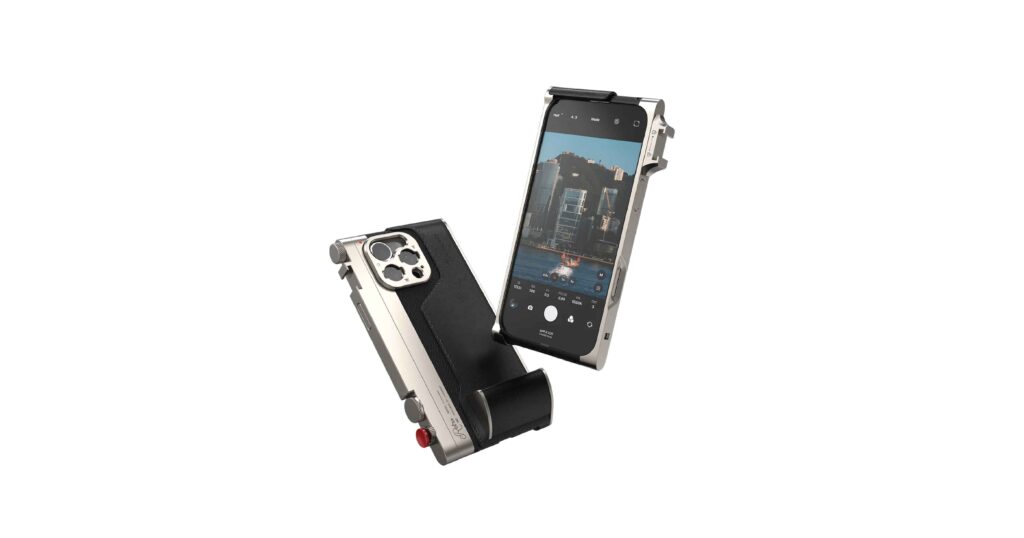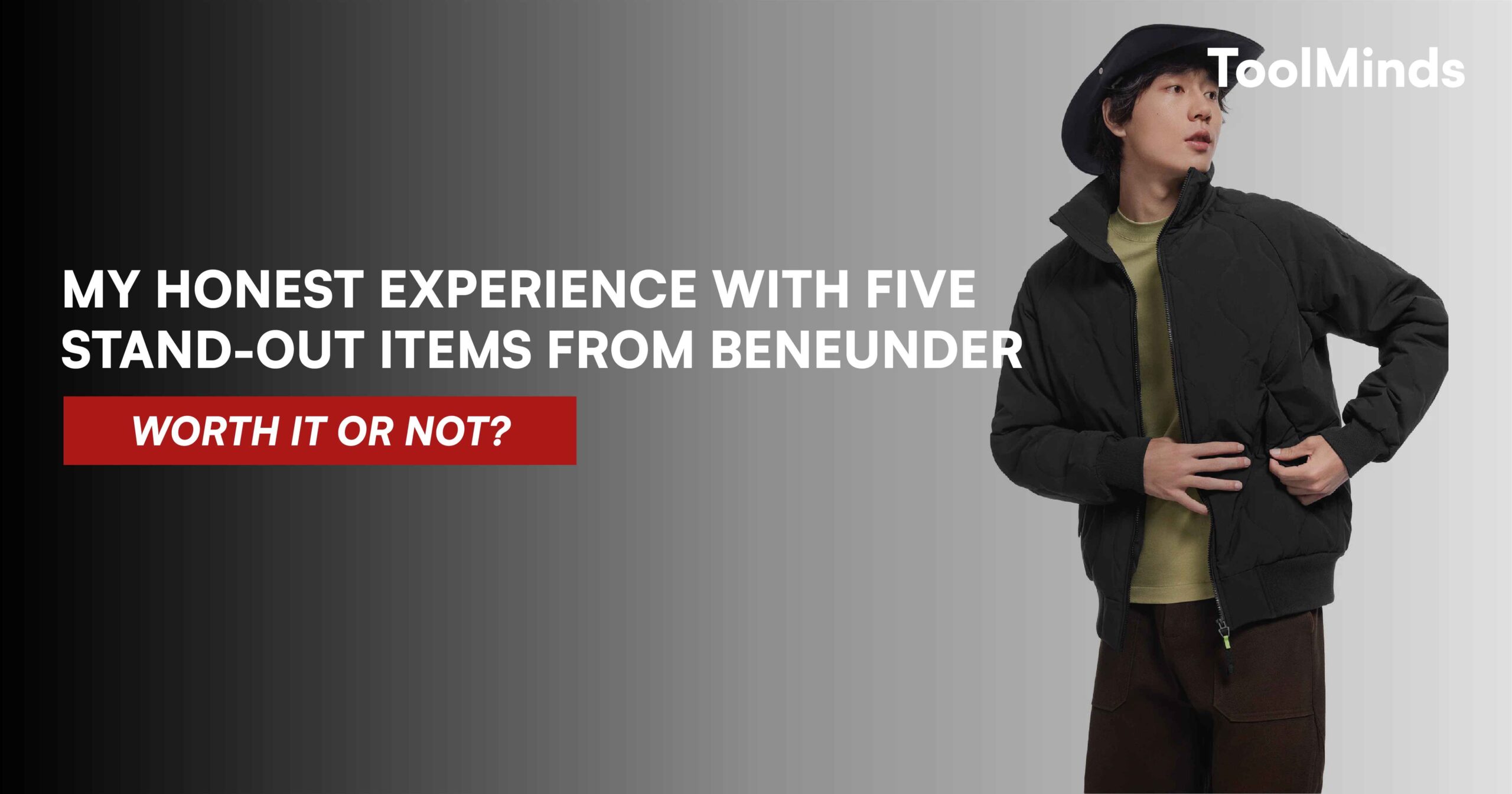When I first explored the gear from FotorGear, I was curious: can smartphone accessories really elevate mobile photography in a meaningful way? The brand positions itself as “creative gear for smartphone photography” and aims to help users get more from their phones. Over the past few weeks I’ve tested five of their standout items—from a telephoto lens to a retro-style phone case. I’ll share what worked, what didn’t, and who I think each item is for. If one of these ends up in your bag, I hope this review gives you clarity.
135 mm Portrait Lens
Usage Experience / Personal Feel
I mounted the FotorGear 135 mm Portrait Lens on my smartphone during a weekend outing. The lens attaches via a T-mount or clip (depending on your phone) and instantly gave me that “compressed” look you usually only get with a DSLR portrait lens. The result? Faces popped from the background, and I found myself more conscious of framing and subject-isolation, rather than just snapping. The lens looked quite solid too—metal body and well-finished optics. From their site: “the lightweight metal body balances durability and portability” and it’s optimized for mobile photography.
Pros
- Genuine optical portrait effect: good background blur and subject separation.
- Solid build: feels premium vs generic phone clip lenses.
- Great for creative mobile shooters: elevates the feel of smartphone photography.
Cons
- Bulk: It adds noticeable weight/length to your phone setup—less “casual pocket snap” and more “serious mobile gear”.
- Alignment & mounting: Getting perfect alignment takes extra time; if mis-aligned you may get vignetting or softness.
- Price vs convenience: For many users, the benefit might not justify the extra effort over regular smartphone portrait mode.
Who It’s For
This lens is ideal for mobile creators, travel bloggers, Instagrammers who love portraits, and anyone willing to carry a more serious smartphone rig. If one just wants casual snaps, it might feel like overkill.

400 mm Telephoto Lens for Smartphones
Usage Experience / Personal Feel
Next I tried the FotorGear 400 mm Telephoto Lens on a day trip where I wanted to capture details in architecture and distant scenes. According to the site: “edge-to-edge clarity, enhanced depth of field… out-performs the phone’s digital zoom” via ED low-dispersion glass and a 20mm K9 prism. On my test smartphone, I could zoom in much further than the native zoom and still retain decent detail. That said, hand-holding at that zoom demanded a tripod or very steady hand.
Pros
- Dramatically extends reach: great for distant subjects, wildlife, events.
- Optical quality is superior to heavy digital zooming.
- Gives your smartphone new capabilities (almost like a hybrid rig).
Cons
- Sturdy support required: at such focal length you’ll see shake unless you brace or tripod.
- Size & practicality: it’s less “phone in pocket” and more “prepared mobile rig”.
- Cost vs other solutions: if you already have a compact camera, maybe less compelling.
Who It’s For
Ideal for mobile filmmakers, travel photographers who use their phone as main camera, event/scene shooters who need reach and are comfortable with a rig. Not for casual users who shoot quick snaps.
Retro Series Phone Lens Kit
Usage Experience / Personal Feel
I really enjoyed testing the Retro Series phone lens kit: FotorGear offers multiple options—8 mm fisheye, 16 mm wide-angle, 45 mm macro, 75 mm macro, 60 mm portrait, 1.55× anamorphic, plus filter adapter. I used the 16 mm wide-angle and 45 mm macro on a city street shoot. The wide-angle gave a fun “expansive” feel; the macro pulled in surprising detail (flowers, textures) that felt playful.
Pros
- Versatility: multiple focal types let you experiment.
- Fun aesthetic: the “retro” design appeals visually too.
- Affordable way to upgrade mobile photography beyond default lens.
Cons
- Quality trade-off: while fun, optical performance doesn’t match dedicated lenses—sharpness/edge distortion can occur.
- Need to switch lenses frequently, which may interrupt the flow of shooting.
- Some mounting/clip system may feel less secure than native phone lenses.
Who It’s For
Great for creative mobile photographers, hobbyists, content creators wanting variety and fun without investing in separate cameras. If precision and highest quality are paramount, maybe look at more dedicated gear.

Selfie Monitor Screen (MS01)
Usage Experience / Personal Feel
The Selfie Monitor Screen (model MS01) from FotorGear is a compact secondary screen that wirelessly mirrors your phone’s display, designed to aid mobile creators especially when filming themselves. On test I found it helpful when filming vlogs: I mounted the screen next to the phone camera and could see framing without constantly flipping the phone. From the site: “brings you an excellent mobile phone visual experience… small, lightweight, and easy to carry”.
Pros
- Helps with framing/vlogging: you see yourself, not just the phone’s main screen.
- Lightweight and portable: fits into mobile creator toolkit.
- Adds professionalism to mobile content creation workflow.
Cons
- Extra piece of equipment: more to carry and charge.
- Wireless mirroring may introduce slight lag or require setup.
- Price/value: only helpful if you consistently film yourself or create mobile-video content.
Who It’s For
Perfect for mobile video creators, vloggers, influencers who use their phone as primary camera and need more control/visibility. Less useful for still-photography focused users.
iPhone 16 Pro Phone Case (Metal / Retro Style)
Usage Experience / Personal Feel
Finally, I tried the FotorGear metal phone case designed for the iPhone 16 Pro series. While not a lens, I found this accessory complements the photography workflow by enhancing grip, mounting ease, and aesthetic. On the FotorGear site it’s listed among trending items: “iPhone 16 pro Phone case”. The case felt solid in hand, improved stability when switching lenses, and the retro-camera look definitely attracted comments.
Pros
- Better ergonomics/grip when shooting in mobile rig mode.
- Matches the styling and lens ecosystem of the brand (consistent look).
- Reassurance for mobile photography use-case: you know the accessory is designed as part of the system.
Cons
- Adds bulk vs standard slim case.
- Only fits specific phone models (iPhone 16 Pro series here) so less universal.
- Benefit is incremental compared to major lens/accessory upgrades.
Who It’s For
Good choice for mobile photographers who already use or plan to use mobile-lens accessories and want a case that supports that workflow. If one just uses a phone casually, standard case will suffice.

Conclusion
Overall, my experience with FotorGear has been positive. The brand clearly targets the mobile creator market—those who want to push their smartphone photography or videography beyond the basics. Accessories like the 135 mm Portrait Lens and 400 mm Telephoto Lens felt like real upgrades, while the wider kit and case added creativity and workflow support. Of course, there are trade-offs: carry weight, cost, setup time. But if mobile photography is more than a casual hobby, these tools deliver value.
If I were to highlight one recommendation: start with the lens that addresses your biggest gap (for example, if you do portraits a lot: go 135 mm; if you shoot far or remote subjects: 400 mm). Then evaluate whether the supporting accessories (case, monitor screen) make sense for your workflow. And if mobile content creation is part of your daily routine, the investment may well be justified.
Here’s a gentle nudge: consider what your mobile photography goals are, match them to the accessory that will transform your workflow, and make the jump.
Happy shooting!



